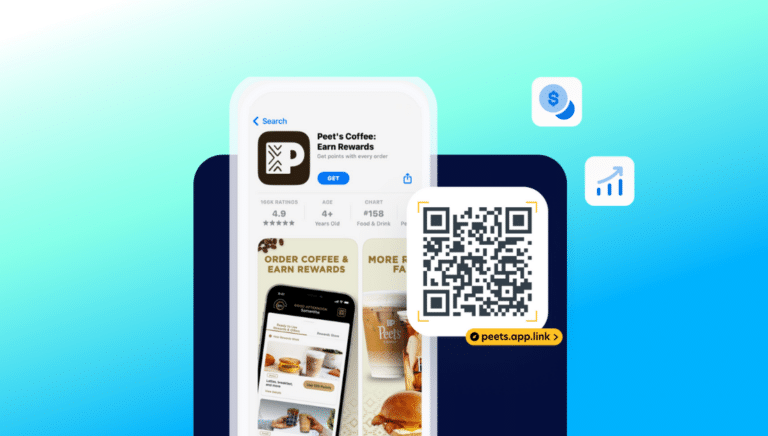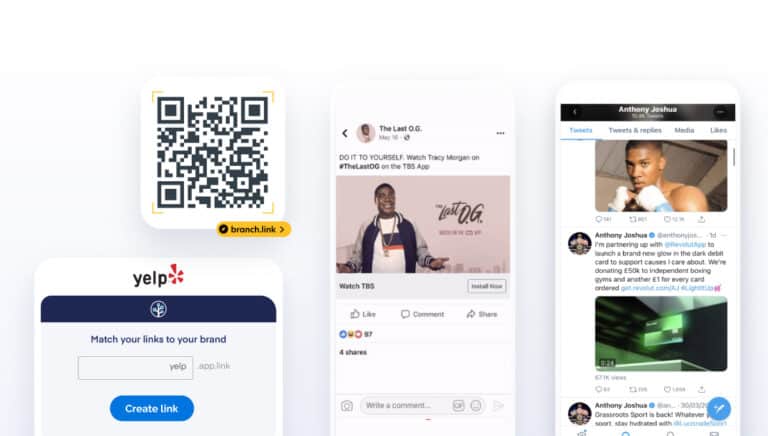HOUSEHOLD MEASUREMENT
Solve for Streaming with Accurate Household Measurement
Attribute TV ad engagements to downstream conversion events
Meet users where they are
Viewers are spending more time on connected TV (CTV) devices and platforms than ever before, making it an increasingly important part of any cross-platform growth strategy
Easily measure ROAS
Measure ad performance across living room devices to accurately understand your return on ad spend (ROAS) and justify your marketing budget across CTV.
Analyze cross-device performance
Analyze and report on conversions across mobile, web, desktop, and living room devices all within one solution.
Deduplicate marketing data
Ensure every customer touchpoint is only counted once, providing an accurate view of campaign effectiveness.
Improve retargeting efforts
Improve retargeting efforts by providing ad partners with attributed conversion events they can’t otherwise track.
Use cases
Cross-device linking
Power sophisticated user experiences by leveraging Branch-powered QR codes to drive mobile app engagement from CTV or to simplify the login process.

Display and video ads
Understand the influence your CTV ads have on downstream conversion events across mobile, web, and desktop devices.
Engagement ads
Track which CTV ad impressions and clicks lead to subsequent TV conversion events.

From mobile ads to CTV streaming
Measure the effectiveness of your mobile ads by tracking how they drive user engagement on CTV streaming platforms.

Pre-install tracking
Measure app installs from apps packaged with your partner platforms.

Looking to learn more about the OTT space and how Branch fits in?
- What is OTT/CTV/CD?
Over-the-top (OTT) refers to the delivery of video streaming over the internet, as opposed to traditional TV. Connected devices (CDs) is a broader term for external hardware devices that provide the means for consumers to stream OTT content.
Branch supports measurement for all of the popular OTT services on any device, including CTV and CDs.
- What is the difference between AVOD, SVOD, and TVOD?
Advertising video on demand (AVOD) enables users to watch content for free or reduced cost with ads.
Subscription video on demand (SVOD) is a type of streaming service where consumers pay a flat fee on a recurring basis to consume unlimited content.
Transactional video on demand (TVOD) allows viewers to purchase content on a pay-per-view basis.
For AVOD, SVOD, and TVOD, Branch enables attribution and tracking to measure post-install subscriptions, pay-per-view purchases, and ad impressions — providing insight into the ad network’s name, campaign, creative, placement, ad spend, and much more.
- What is an MVPD or a vMVPD?
A multichannel video programming distributor (MVPD) is a service that provides more than one channel, where users typically pay a subscription to access their range of content. A virtual multichannel video programming distributor (vMVPD) is the virtual, OTT version of this.
- What is the difference between linear television and PPV?
You can think of linear as traditional television, where the service is programmed and available to viewers only as scheduled. Pay-per-view (PPV) enables watching content on demand on a pay-to-watch basis via private telecast.
- What is an STB?
A set-top box (STB), also known as a cable box, is a hardware device that helps connect viewers to content.
Branch’s Quick Guide to Advertising on OTT Devices

Why You Shouldn’t Use Just Any QR Code for Your App

How to Choose the Right Deep Linking Solution for Your Marketing Strategy

